Early Warning Marketing Budget Indicators
Professional project managers and IT professionals are well versed in the concepts of project burn rates and ‘to go’ numbers. Let’s take a typical project, it has been budgeted at 100 days effort over a planned elapsed period of 50 days. For the project manager it is important to understand, say at day 20 in the project, how much time has been expended according to the plan. If the plan said 40 days should have been burnt at this point there would be 60 days of effort remaining, but in reality, the number of days burnt was 80 days (leaving only 20 days of effort remaining) then there are real problems for the project on the horizon – most likely an overspend.
These concepts are also true for marketing professionals managing marketing budgets. We have seen examples of quarterly marketing budgets being blown after only a month which may mean that planned activities need to cancelled impacting the integrity and results of the marketing campaign / program.
We have also seen examples of marketing budgets with money left on the table at the end of quarter (we call these blocked budgets). In these cases, marketing has failed in spending planned $$ which does not say much about their planning skills, and more worryingly the return from those $ is lost forever (as most organisations have fixed fiscal calendars by which point money has to be consumed). Some marketers try to avoid losing these blocked budgets by parking them with a supplier maybe an agency which can lead to rushed ill thought through activities that fail to deliver the necessary returns.
The point here is that marketers need to have visibility of their budgets in terms of how quickly they are consuming them (what costs that have incurred) and what they have left to spend. In our experience there are some important variables that budget owners need to have at their fingertips…
- Days completed in the current budget period % (so number of days through the quarter divided by the number of days in the quarter)
- Budget allocated & committed % (this is budget that has been allocated but could be withdrawn and not spent, and budget that is committed – i.e. cannot be unspent, calculated as budget allocated plus budget committed in the quarter divided by the total budget in the quarter)
- Budget committed % (this is budget that is committed – i.e. cannot be unspent, calculated as budget committed in the quarter divided by the total budget in the quarter)
With these values you can determine what we term, “budget consumption rates” (BCR). These values inform you whether you are spending funds faster or slower than the days available in the budget period. So, in more detail…
- Budget Consumption Rate (%) – so (2) minus (1), when a negative % equates to an under spend and a positive % equates to overspend
- Committed Budget Consumption Rate (%) – so (3) minus (1), when a negative % equates to an under spend and a positive % equates to overspend
Most businesses we talk to do not have the systems or processes in place to have this information available to them in real time. So, in many instances this analysis can only be completed after the event (normally 1 or 2 months after).
The other variable to put into this analysis is the planned outcome, normally planned sales revenue for the quarter (but it could be # of opportunities etc). In this way not only can budget over and underspends be understood, marketers can also make decisions to curtail spends that are not committed in a timely way should sales revenues not be where they should be in the quarter. We will talk more about this in a future blog.
The key to understanding where you stand in your budget cycle is the ability to track budget spend (committed and allocated) near to real time. This means capturing costs rapidly and having them in a single repository. In this way, headline lead measures like Budget Consumption Rates can be calculated enabling marketing leaders to truly have their fingers on the pulse of marketing.


Transcend360’s powerful, cloud-architected solutions enable organisations to better understand and manage direct and indirect customers data, processes and results. Our mission is to provide technology that empowers people to create experiences that are in context with what they need and want.
© 2017 Transcend360
Meet Transcend360
FOLLOW US
